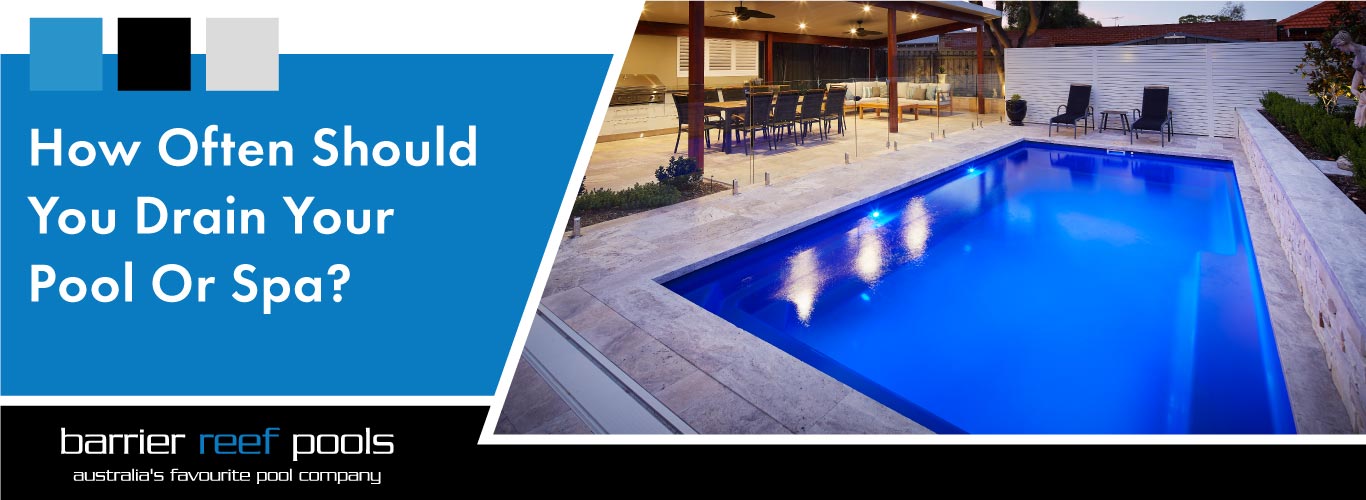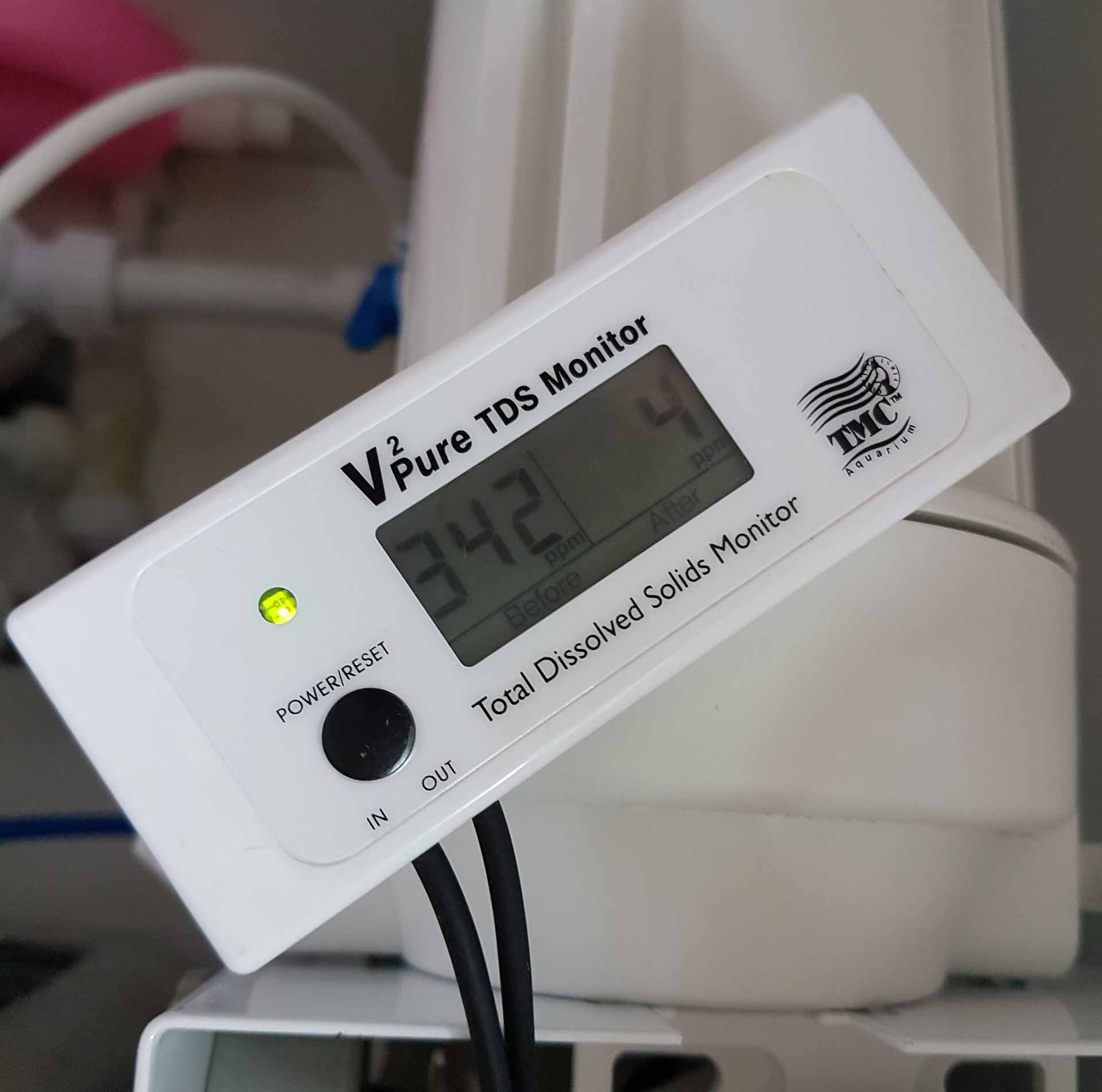How Often Should You Drain Your Pool Or Spa?
Draining your pool or spa on a regular basis can lead to huge water bills. Thankfully, you don’t need to drain your pool or hot tub every week. But you do have to get them drained every once in a while. Both your pool and hot tub are exposed to the environment. This means that surrounding contaminants can easily make their way into your pool or spa. These contaminants can include dust, dirt, pollen, chemicals, and other material. If you have pets, then there’s a chance that animal fecal matter can also make its way into your pool.
And that’s not all. Foreign contaminants can also enter your pool or spa every time you or another swimmer uses the pool. From lotions to gels, natural skin oils, sweat and even saliva can be found in your pool. If a swimmer didn’t shower properly before entering the pool, then urine or fecal matter can also enter the pool.
Detergents used to clean bathing suits can leave remnants behind on the clothes, which can also enter the pools. Let’s not forget the chemicals used to maintain the water in your pool or spa. Chemicals like chlorine or sodium bicarbonate leave behind residue that affect water quality unless the pool is drained as and when needed.
All these contaminants are together known as ‘totally dissolved solids’.

Why You Should Totally Pay Attention to Totally Dissolved Solids
Totally dissolved solids are minute remnants left behind when foreign contaminants dissolve in the water. These can’t be seen with the naked eye, and that’s why keeping your pool or spa clean from TDS can be a little tricky.
Most people think that they should clean their pool or tub when visible foreign contaminants enter the pool. These include leaves, debris or other matter that you can immediately see and clean. Even algae are visible to the naked eye and can signal that the pool or spa needs to be cleaned.
But with TDS, you genuinely have no way of knowing how much of it is in the water unless you get a TDS meter.
How Do Totally Dissolved Solids Affect Water Quality In Your Pool Or Spa?
Totally dissolved solids can’t leave the pool or spa unless they are drained completely and refilled with fresh water. TDS tends to be heavy, and this means that when water naturally evaporates from your pool or spa, the TDS stays behind.
When the levels of TDS increase beyond acceptable levels, it can cause galvanic corrosion and affect the metal parts in your pool or spa. Even the tiles on the floor of your pool can start to get discolored if TDS is allowed to build up.
You may also be wondering about the water filtration system in your pool and how that interacts with TDS. Many pools come with a water filtration system that keeps the water clean by circulating the water. However, your water filtration system won’t have any effect on the TDS content in your pools. You also won’t find any chemicals that can clean TDS. Every time you add chemicals to your pool or spa water, it increases the TDS level. The only way to remove TDS from your pool or spa is by draining the water.
How Often Should You Drain The Water From Your Pool?
The best way to accurately detect how often you should clean the water in your pool is by getting a TDS meter. Your TDS meter will tell you the exact concentration of TDS to water in parts per million. For swimming pools, when the TDS reaches 1000 ppm, you need to get it drained.
Checking for the concentration of TDS in your swimming pool with a TDS meter is very easy. All you have to do is insert the tip of your TDS meter in the water, and then wait for a few seconds.
When the pool is drained and refilled with fresh water, this is when you need to get your starting TDS reading. The TDS reading at this point will be low. Now, keep checking the TDS concentration in your pool every few weeks until it reaches 1000 ppm. At this point, you know that it’s time to drain your swimming pool and fill it with fresh water.
Keep in mind that how fast the TDS concentration in your swimming pool builds up will depend on the season, as well as how frequently the swimming pool is used. The summer months are when the TDS levels rise faster, as the swimming pool is used more frequently. In private pools, the TDS build-up tends to be slower than in commercial or public swimming pools. This is as private pools are used by lesser number of swimmers, which means that less foreign contaminants are entering the pool on a regular basis. In winter, when swimming pools aren’t frequently used, you find that the TDS build-up is slower as well.

How Often Should You Drain the Water In Your Spa?
The way TDS builds up in your spa is slightly different from how it builds up in your swimming pools. Spa or hot tubs tend to be smaller. More people are grouped together in a spa, and the use of hot water promotes sweating.
This means that TDS build-up in your spa will be faster than in your swimming pool. And since spas can be used in all seasons, you need to consistently check the TDS level in your spa, irrespective of whether it’s summer or winter.
To check the TDS level in your spa, use the same steps you used to gauge the TDS concentration in your swimming pool. First, insert the TDS meter into the spa when it’s cleaned and filled with fresh water. This is your starting TDS reading.
Next, keep checking the TDS reading every few weeks. The rate at which you check the TDS levels in your spa should be more frequent than in your pool. When the TDS reading reaches 1500 ppm, it’s time to get the water drained.
Cleaning And Maintaining Fibreglass Pools and Spas
Fibreglass pools and spas are easier to clean and maintain. They usually come in a single, ready-to-install piece. Fibreglass pools and spas also have a gel-coated surface which is non-porous. This means that foreign contaminants will have a harder time affecting the surface of fibreglass pools or spas. But not even fibreglass is impervious to the effects of long term TDS buildup.
The good news about using fibreglass in pools and spas is that their inert surface better maintains water chemistry. But you’ll still want to know the actual TDS levels and when to drain your pool or spa. For this, you’ll need to maintain a record of the rising TDS levels and drain accordingly.
Draining Your Pool Or Spa
To properly drain your pool or spa, you’ll need to use a sump pump. It’s better to leave draining your pool or spa to professionals so that you don’t end up damaging any core parts or equipment. Remember to check your local laws on disposing of water from swimming pools or spas before you drain them.
